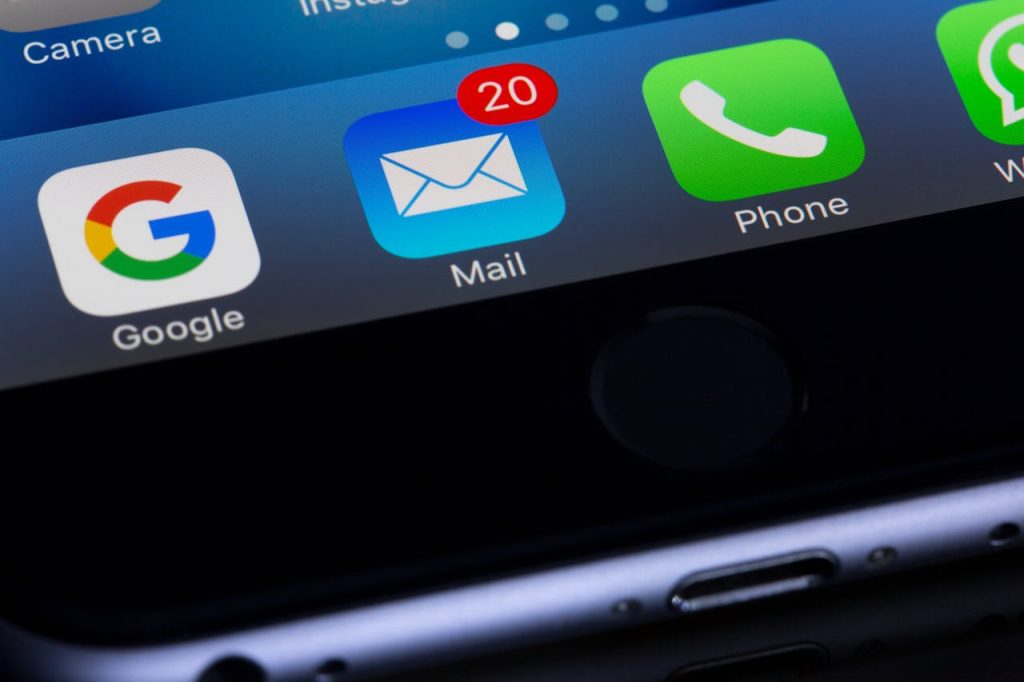
You’re not alone if you’ve ever felt a jolt of panic after clicking a suspicious email. Phishing emails are more sophisticated than ever, designed to trick even the most careful among us. With online banking and digital payments now a part of daily life, protecting your bank info from cybercriminals is crucial. Falling for a phishing scam can mean losing your hard-earned money, compromising your identity, and facing a long road to recovery. The good news? You can outsmart these scams by learning to spot the warning signs before it’s too late. Here’s how to spot a phishing email before it steals your bank info—and keep your finances safe.
1. The Sender’s Email Address Looks Off
A suspicious sender address is one of the first clues that an email might be a phishing attempt. Cybercriminals often create email addresses that look almost identical to those of legitimate companies, but with subtle differences. For example, you might see “support@yourb4nk.com” instead of “support@yourbank.com.” Always double-check the sender’s address, especially if the message claims to be from your bank. If something seems off, don’t click any links or download attachments. Instead, contact your bank directly using a phone number from their official website.
2. Urgent or Threatening Language
Phishing emails often try to create a sense of urgency or fear. You might see subject lines like “Immediate Action Required: Account Suspended” or “Your Bank Account Will Be Closed.” These messages are designed to make you panic and act quickly without thinking. Legitimate banks rarely use threatening language or demand immediate action via email. If you receive a message that pressures you to act fast, pause and verify its authenticity. Take a deep breath and remember that urgency is a classic phishing tactic.
3. Unusual Requests for Personal Information
Your bank will never ask you to provide sensitive information via email, like your password, PIN, or full Social Security number. If an email asks for this kind of information, it’s almost certainly a phishing attempt. Some scammers may even ask you to “confirm” your account details by clicking a link. Never share personal or financial information through email. When in doubt, log in to your bank’s website directly (not through the email link) or call customer service to check if the request is legitimate.
4. Suspicious Links and Attachments
Phishing emails often contain links or attachments that can compromise your security. Hover your mouse over any link (without clicking) to see the actual URL. If the link address looks strange, doesn’t match the bank’s official website, or contains odd characters, it’s a red flag. Attachments can also be dangerous, as they may contain malware to steal your bank information. Don’t open it if you weren’t expecting an attachment or if the file type seems unusual.
5. Poor Grammar and Spelling Mistakes
While not all phishing emails are riddled with errors, many contain awkward phrasing, misspelled words, or odd formatting. Professional organizations, especially banks, take care to communicate clearly and correctly. Be cautious if you notice multiple grammar mistakes or sentences that don’t make sense. These errors often indicate that the email was created quickly or translated poorly by scammers. Trust your instincts—if the message doesn’t sound like your bank, it probably isn’t.
6. Generic Greetings Instead of Your Name
Legitimate banks usually address you by your full name, not with vague greetings like “Dear Customer” or “Valued Account Holder.” Phishing emails often use generic salutations because they’re sent to thousands of people at once. If an email from your bank doesn’t use your name, being skeptical is a good idea. Always look for personalized details that confirm the sender knows who you are. If the greeting feels impersonal, treat the email with caution.
7. Inconsistent Branding and Design
Banks invest heavily in their branding, so their emails typically have a consistent look and feel. Phishing emails may have low-quality logos, mismatched colors, or formatting that looks “off.” Compare the suspicious email to previous legitimate messages from your bank. If the design, logo, or layout seems inconsistent, it could be a phishing attempt. When in doubt, visit your bank’s official website or app to check for any important messages.
8. Requests to Bypass Security Protocols
Some phishing emails may ask you to disable security features, such as two-factor authentication, or to install unfamiliar software. These requests are major red flags. Your bank will never ask you to lower your security settings or install third-party apps to access your account. If you receive such a request, delete the email immediately and report it to your bank.
9. Unusual Timing or Context
Be cautious if you receive an email about a transaction you didn’t make or a security alert at an odd hour. Phishing emails often arrive at strange times or reference activities that don’t match your recent banking history. Always check your account directly (not through email) to verify any claims. If something doesn’t add up, it’s better to be safe and investigate further.
Stay One Step Ahead of Phishing Scams
Spotting a phishing email before it steals your bank info is all about staying alert and trusting your instincts. You can protect your bank info and avoid scams by paying attention to details like the sender’s address, the language used, and the requests made. Remember, your bank will never pressure you to act fast, ask for sensitive information via email, or send poorly written messages. When in doubt, always verify through official channels. Staying informed and cautious is your best defense against phishing attacks.
Have you ever received a suspicious email trying to steal your bank information? Share your story or tips in the comments below!
Read More
The Definition of Irony (or Why You Should Know What You’re Doing)
The post How to Spot a Phishing Email Before It Steals Your Bank Info appeared first on The Free Financial Advisor.







